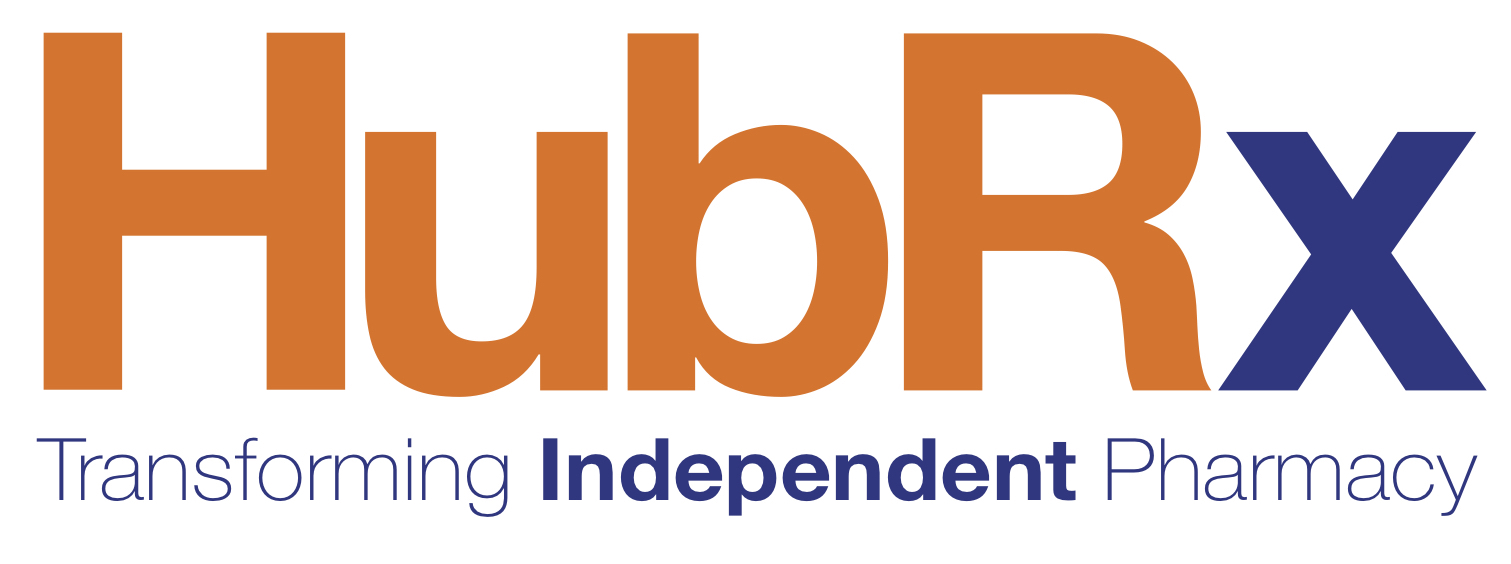According to recent research, the pandemic has helped positively change patient perception of community pharmacy. But despite a desire to extend the clinical services they provide, many say they’re hindered by a lack of time, staff training and funding. Daniel Lee, CEO of HubRx explores the hurdles independent pharmacists must overcome and why he believes collaboration – not disruption – is the key.
Earlier in the year NHS Digital released figures which showed that during the first eight months of the year the rate at which pharmacies were closing had slowed. To date the net number of pharmacy closures is 53 per cent down compared with the first eight months of 2020. Sadly, almost half (43 per cent) of the closures this year were independent pharmacies or small multiples.
While the news of a slowed closure rate was initially met with positivity, many have concerns that it masks the underlying problem and instead, that some pharmacies are delaying the inevitable and choosing to make a loss rather than to close their doors.
Mark Lyonette, CEO of the National Pharmacy Association, said: “We take little comfort if the rate of decline in England has slowed compared to the previous year, as the trajectory is still downwards and, fundamentally, the financials don’t stack up.”
Last year EY published a report which also painted a bleak outlook for independents. It forecasted that if nothing changes 85 per cent of community pharmacies in England will be in financial deficit by 2024.
We found in our own research, which we carried out earlier this year, that 14 per cent of community pharmacists believe that a lack of funding and commissioning is preventing them from extending clinical services.
However, funding is just one of the issues struggling independents are faced with.
Forty-three per cent said that not having enough time or capacity to take on more work is the main reason they are not expanding their clinical services. Fifteen per cent said a lack of experienced or qualified staff was holding them back, while another 15 per cent admit that they lack the physical space needed in their pharmacy.
A further 11 per cent said they don’t feel clinically confident, with the need for more team training widely acknowledged throughout the research.
But, only 6 per cent thought extending clinical services would be unprofitable for them.
Time has always been a critical factor for pharmacists, but never more so than during the pandemic when the burden of GPs closing their doors was acutely felt by both patients and by pharmacists.
According to data from the NHS Business Service Authority almost 93 million prescriptions were dispensed in March 2020, compared to 85 million during the same month in 2019. That’s a staggering uplift, but that just scratches the surface of how pharmacists have become a vital resource to patients during the pandemic.
During the pandemic just under a quarter (24 per cent) began offering the community pharmacy consultation service (CPCS). Fifteen per cent expanded into private services such as travel vaccinations and dermatology. And a further 15 per cent have introduced support for patients with addiction issues, such as needle and syringe programmes, and the provision and supervision of opiate substitution.
Our research also showed that independents would like to be able to take on a wide range of both NHS and private clinical services that currently aren’t available to them such as autoimmune screening and UTI treatment.
And perhaps unsurprisingly, three in four pharmacists have introduced Covid-19 services, such as vaccinations and lateral flow testing.
But, with the average pharmacist still spending a large proportion of their day dispensing, unlocking this time so it can be used to provide clinical services is imperative – not only to ensure they maintain viable businesses, but also so some of the pressure placed on primary care can be alleviated.
We found that 49 per cent said the most time-consuming issue for them is checking prescriptions, especially repeat prescriptions.
Opening up hub and spoke to independent pharmacies will offer them the ability to play on a somewhat more level playing field with the large multiples. These multiples have been using the model to free up significant capacity allowing them to focus on higher value clinical services and increased their profit margins through leveraging the hub’s purchasing power.
To put that into context, earlier in the year we did some calculations to show the potential financial benefits of hub and spoke to community pharmacy.
We found that an independent pharmacy dispensing 7,500 items per month and optimising hub and spoke for 70 per cent of prescriptions could make around £52,000 more a year.
Twelve per cent of independent pharmacists have already decided that they are going to use hub and spoke. A further 47 per cent say they are interested. Others remain non-committal until they’ve seen it in action and some simply have dismissed it – and that’s fine. Hub and spoke isn’t a silver bullet for community pharmacy. It will suit some pharmacies and pharmacists more than others, but it’s about providing them with choice.
Many pharmacists have reached the point where they are saturated by dispensing, they can see a future where the income from this will reduce, and they want to use their expertise as highly skilled clinicians to offer services that they can charge a greater margin for.
For too long independents have been left to go it alone despite being expected to deliver ever increasing levels of services to the communities they serve. Fourteen per cent of the pharmacists said that a lack of collaboration and support was preventing them from growing beyond a dispensing model – let’s try and change that.
